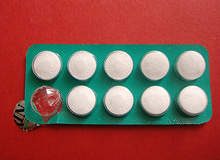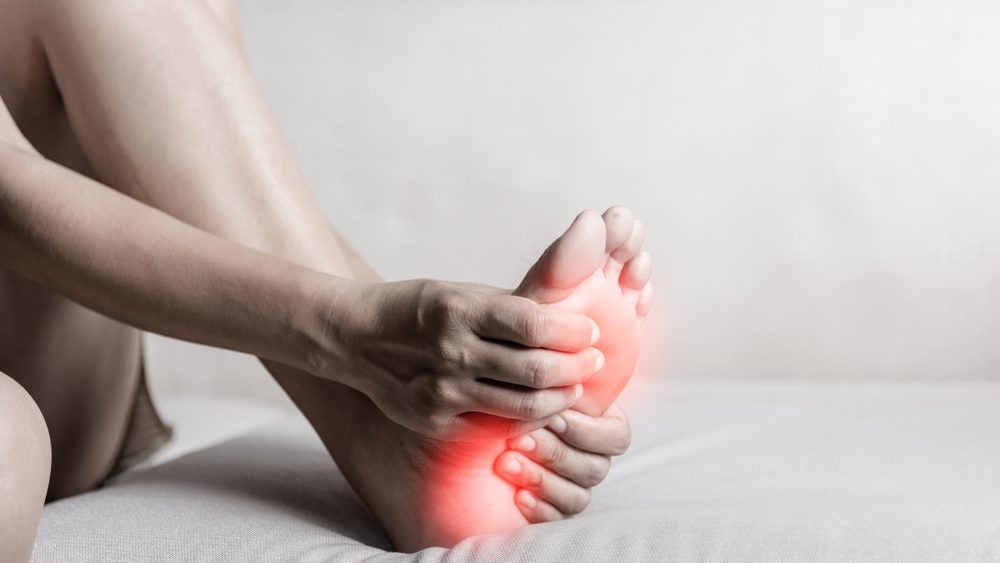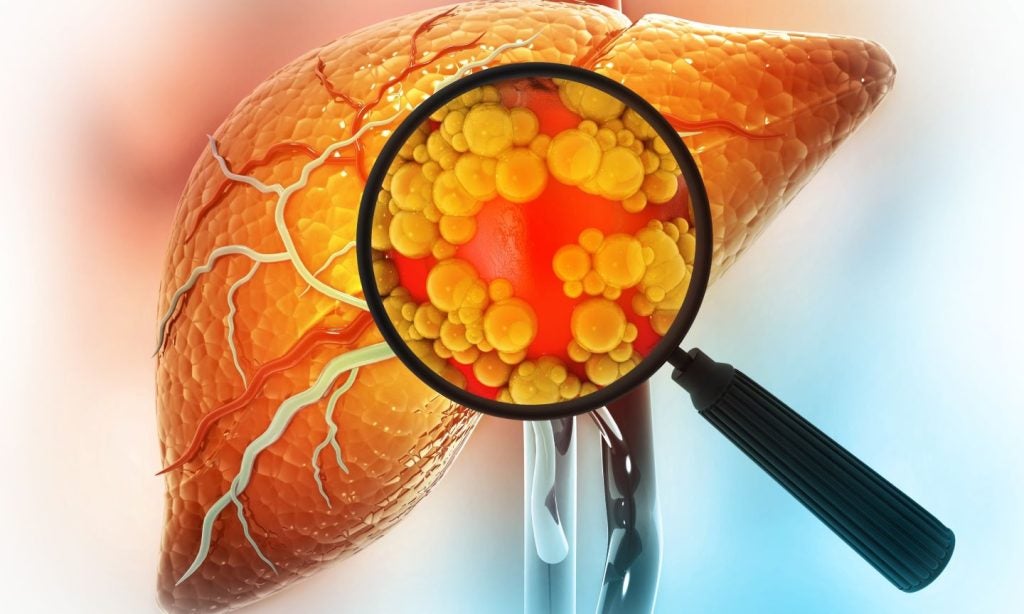
One of the biggest battles the pharmaceutical industry has to fight is the one against the counterfeit medicines market. Over recent decades, the industry has been throwing millions of dollars into the research and development of new tracking and anti-counterfeiting systems. Nevertheless, industry experts predict that the illegal business with drugs will grow by 13% in 2011, with revenues of $75bn for the counterfeiters.
The third Arena Pharma Packaging and Labeling USA, taking place in April 2011 in Washington DC, focuses on some of the most controversial and critical developments in the battle against counterfeit drugs, delivering critical insight from experts on the developments in pharmaceutical packaging and labelling.
Speaking at the event will be Ray Collia-Suzuki, European systems sales manager at Prisym ID, a UK-based labelling and identification solutions provider for the pharmaceutical industry. Here, he talks about the latest progress in the combat against counterfeiting medicines, different industry approaches in the US and Europe, and about the real victims of this business – the patients themselves.
Elisabeth Fischer: The pharmaceutical labelling and packaging market seems to be swamped with tracking and anti-counterfeiting systems. What are the most effective technologies to combat drug counterfeiting?
Ray Collia-Suzuki: While there’s certainly a lot of choice, I wouldn’t say that the market is actually swamped with technologies. The products and solutions available are often complementary or suit a variety of purposes, which deliver strengths depending on the environment they are in, even within the same market sector.
Over the years, in the continued war against fake drug suppliers, the pharmaceutical industry has developed a variety of anti-counterfeit strategies, covert and overt.
As technology has advanced, more and more technically wonderful solutions are being brought to the industry. Some of the mechanisms that are applied to these technologies are dependent on lab equipment to perform the verification processes, ranging from sophisticated pack design and labelling using special inks, holograms, tags and tamper-evident seals to field agents actively investigating instances of counterfeit product.
How well do you really know your competitors?
Access the most comprehensive Company Profiles on the market, powered by GlobalData. Save hours of research. Gain competitive edge.

Thank you!
Your download email will arrive shortly
Not ready to buy yet? Download a free sample
We are confident about the unique quality of our Company Profiles. However, we want you to make the most beneficial decision for your business, so we offer a free sample that you can download by submitting the below form
By GlobalDataWhile these technologies certainly have their place, the industry and regulators are also looking for mechanisms to secure products that do not require specialist equipment. This has led to new approaches being introduced, including ePedigree, codification and serialisation, which use a variety of technologies that can be universally adopted.
EF: How important is constant research and development in the battle against pharmaceutical counterfeiters?
RCS: Many anti-counterfeit solutions originated in one form or another many decades ago, with the core ideas behind them being centuries old in some cases. The constant improvement in technology has meant that the evolution of many solutions has grown exponentially, driven by the needs and experiences of every level of the industry as solutions are sought to combat the counterfeit drugs issue.
The more that complementary technologies and knowledge sharing are brought together as a result of the collaborative partnerships of industry, government and regulators, the harder it is for counterfeiters to risk the lives of patients, who are the ultimate victims of their horrific trade.
The team at Prisym ID has certainly been busy in these areas for some time, since the technology required in each of these approaches is either a core part of anti-counterfeiting solutions and services or has direct links to our offerings. Research on barcodes, label management, security, validation, verification, traceability and auditing is constantly underway.
Our core business has been to provide secure label design, management, print solutions and consultancy to the life sciences industry. Working closely with our customers, who are representative of most of the leading companies within each of their market sectors, the solutions and knowledge have evolved with their needs. Wider market feedback from industry forums, events and publications provide a broader view of the key challenges that are emerging.
The FDA has played a vital part in that process for us, as industry feedback and public and government concerns are channelled through it. This has led to new regulations emerging, which we apply to our solutions where directly relevant.
EF: What are the biggest challenges in developing an effective anti-counterfeiting technology?
RCS: I feel that the key challenges are that the enemy we face doesn’t respect borders or recognise trade agreements. The supply chain is fast to react to new opportunities, and weaknesses in the legitimate production and supply of medicines and devices are other challenges. One of the biggest challenges is the global scale of the battle we are engaged in.
Fortunately, the response to the threat has been global too, with initiatives being carried out at many levels in many countries. Whilst global practices may vary in their fight against counterfeit drugs, the goal is the same, and with regulators looking to have a global unified approach to attacking this problem, I am certain that things can, and will, only get better.
EF: What are the consequences for the patients?
RCS: Put bluntly, counterfeit medications kill people. The supply of counterfeit medical products is a growing problem worldwide and it’s well recognised that counterfeiting of pharmaceutical drugs and medical devices is a real and constant threat to patient safety.
The FDA in the US alone saw an 800% increase in the number of new counterfeit cases between 2000 and 2006, and a huge problem is the availability of counterfeit drugs in developing countries. It is estimated that these medicines will account for 10%-30% of the market there – a constant threat to the health of millions.
For example, early on in 2009, an international police operation led to the seizure of $20m in counterfeit and illegal medicines, including antibiotics, anti-malaria medication, contraceptives, anti-tetanus vaccines, aspirin and drugs to treat erectile dysfunction. An estimated $12m were counterfeit, with the remaining $8m found to be drugs that were ‘expired, diverted or unregistered’.
Unfortunately, medication isn’t the only target for the counterfeiters. In 2009, two million counterfeit insulin needles were found in the UK and on the Dutch market. In the Netherlands, the discovery came after the manufacturer received a patient complaint that a recently purchased needle didn’t fit properly on the insulin pen. In total, 200,000 counterfeit needles were discovered in the Dutch market, 500,000 in the UK, and over 1.3 million in Poland. 30,000 counterfeit needles are still unaccounted for in the Netherlands and may be in circulation.
EF: Are there any differences in the way Europe and the US approach the war on counterfeit drugs?
RCS: The US and the EU have taken two different approaches leading the field in the fight against counterfeit medication in the pharmaceutical supply chain. In Europe, EFPIA has driven forward a solution, which is focused on ensuring patient safety by verification and authentication of the product itself and focuses on authentication and serialisation.
The process starts with the manufacturer, which creates a unique code to be applied to the pack as a 2D datamatrix code. This code is then stored in a central serialisation database. The pack then enters the supply chain. At any of the distribution stages, there is the ability to verify the authenticity of the pack through this code. Once the pack is dispensed, the pharmacist scans the 2D code on the pack, which is verified against the original number stored in the database. This ensures that the genuine product is being given to the patient.
In the US, the approach taken by the California Board of Pharmacy, amongst others, has the same focus, but achieves it by securing the movement of the pack through the supply chain. As each pack is shipped, the manufacturer creates a ‘pedigree’, a physical or electronic document that records information about each change of ownership along this journey. The pedigree moves with the pack and as the pack moves through the supply chain, the subsequent owners add their details to the pedigree until final sale or dispense to a patient.
This, however, doesn’t guarantee the authenticity of the product. A perfect pedigree could be applied to a non-authentic product, therefore making it desirable to combine the two principals from the US and EU.
A state-by-state approach, such as in California and Florida, has forced the pace and broadened the remit to include serialisation, but over the last two years the federal route is looking much healthier. Critical timelines have been set and measures are being taken to pre-empt individual state regulation.
Within Europe there has been a similar situation, with each country taking a different approach. However EU legislature and the pro-active leadership being shown by EFPIA are now actively developing a coherent, unified strategy. EFPIA is proposing unified codification and verification at pharmacy sites.
The Pharma Packaging and Labeling USA 2011 conference will take place in Washington DC, Columbia, on 12-13 April 2011.






